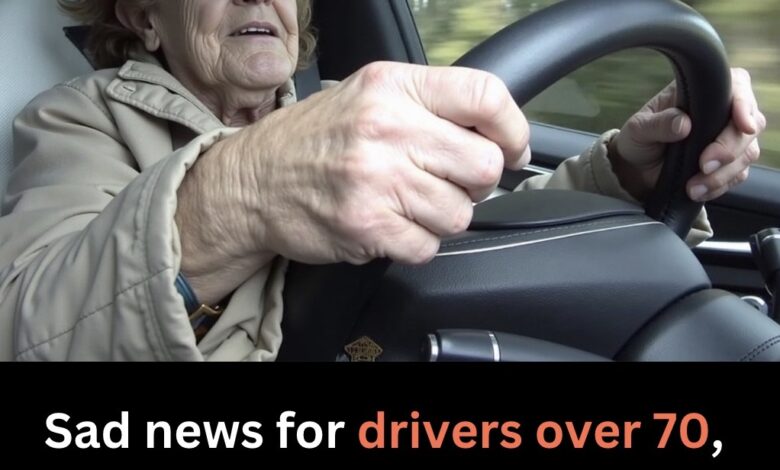Drivers Over 70: New Requirements That Will Change the Way We Drive

As the global population ages, more drivers over 70 remain on the roads, symbolizing independence but raising safety concerns. Aging can slow reaction times, impair vision and hearing, and affect coordination, prompting governments to revise traffic regulations for older drivers. These aim to balance mobility with safety for all road users.
New rules include more frequent license renewals—every two or three years instead of five or ten—requiring medical tests like vision, hearing, and reflex checks. Psychological evaluations are also increasingly common to assess mental sharpness and decision-making, critical for safe driving. Refresher courses, sometimes mandatory, update seniors on traffic laws, defensive driving, and new road conditions, boosting confidence and skills. Some regions impose tailored restrictions, like daytime-only driving or avoiding highways, to match individual abilities.
These measures, supported by studies showing fewer accidents, aren’t about stripping independence but extending it safely. Advanced vehicle technologies, like automatic braking, further support older drivers. While some resist, many appreciate early health checks and updated skills, preserving dignity and mobility. The regulations focus on ability, not age, ensuring fairness. By adapting to an aging population, these changes create safer roads for everyone while valuing older adults’ independence and experience.




